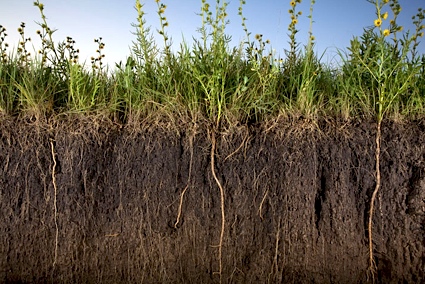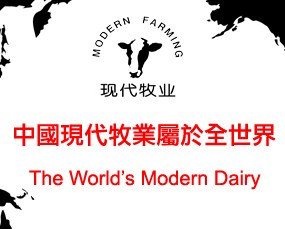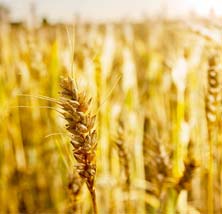Cattle, conservation and common land – Posted in: Uncategorized
There are over 1.3 million acres of common land in England and Wales comprising of over 9,000 separate units covering all types of landscape and habitat. Common land is unique in that it is historical land which has remained largely undisturbed through the centuries, a remnant of medieval times when people relied on commons for their survival. It is land where the owners of nearby properties have rights to graze animals, collect wood and bracken…
Continue reading



